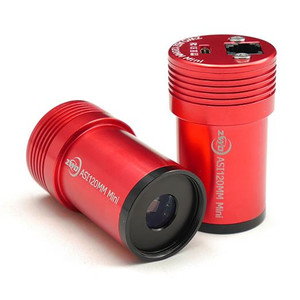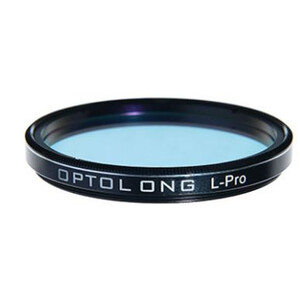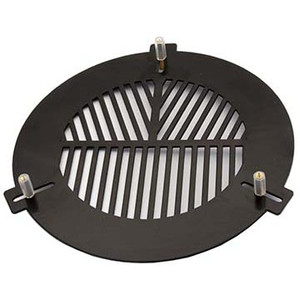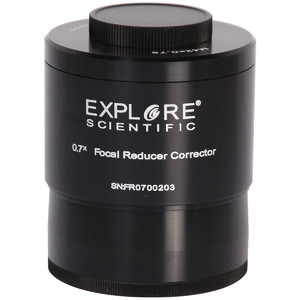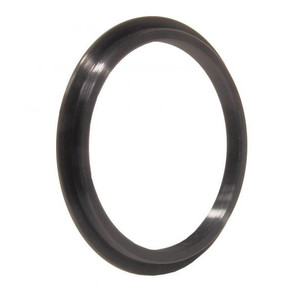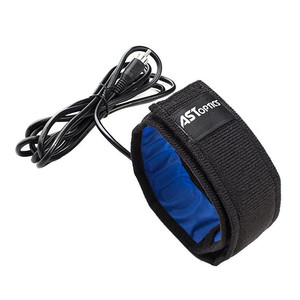The guidescope is mounted parallel to the actual tube - ideally using guide scope rings, in which the guidescope can be moved more easily. A camera can then be connected to the camera end, which automatically operates the mount's tracking control. This enables long-exposure night sky images.
Cameras that are useful for guiding have a 1.25" socket, with which they can be connected easily to the guidescope.
Finder and guidescope in one:
- Thanks to the eyepiece unit, you can use this instrument as a finder scope. The eyepiece has an illuminated crosshair that can be focused separately. Image sharpness and the viewing experience raises this finder significantly above the standard of other finder scopes. The resulting image field is bright and crisp. In addition, this finder has a very large field of view. This makes it significantly easier to find and track objects.
- When you remove the eyepiece unit, the finder turns into a guidescope with a helical focuser. You can connect a camera via a 1.25" connector or the T2 thread.
Additional finder shoe: This finder and guidescope's bracket is made entirely of aluminium and forms a stable base. The finder's bracket is suitable for many common types of telescopes, especially telescopes from Explore Scientific and Bresser's Messier series.
If your telescope's finder shoe is not compatible, you can replace it with the finder shoe supplied. This finder shoe can be attached to the telescope tube using four M5 screws. The distance between the finder shoe's drilled holes on the longitudinal and transverse axes is 31.7mm.
Guidescope rings: Thanks to the six large adjusting screws with easy-grip edges, the finder can be aligned quite effortlessly, even with numb fingers. All adjusting and clamping screws have plastic tips that effectively prevent the viewfinder housing and the viewfinder holder from being scratched.

